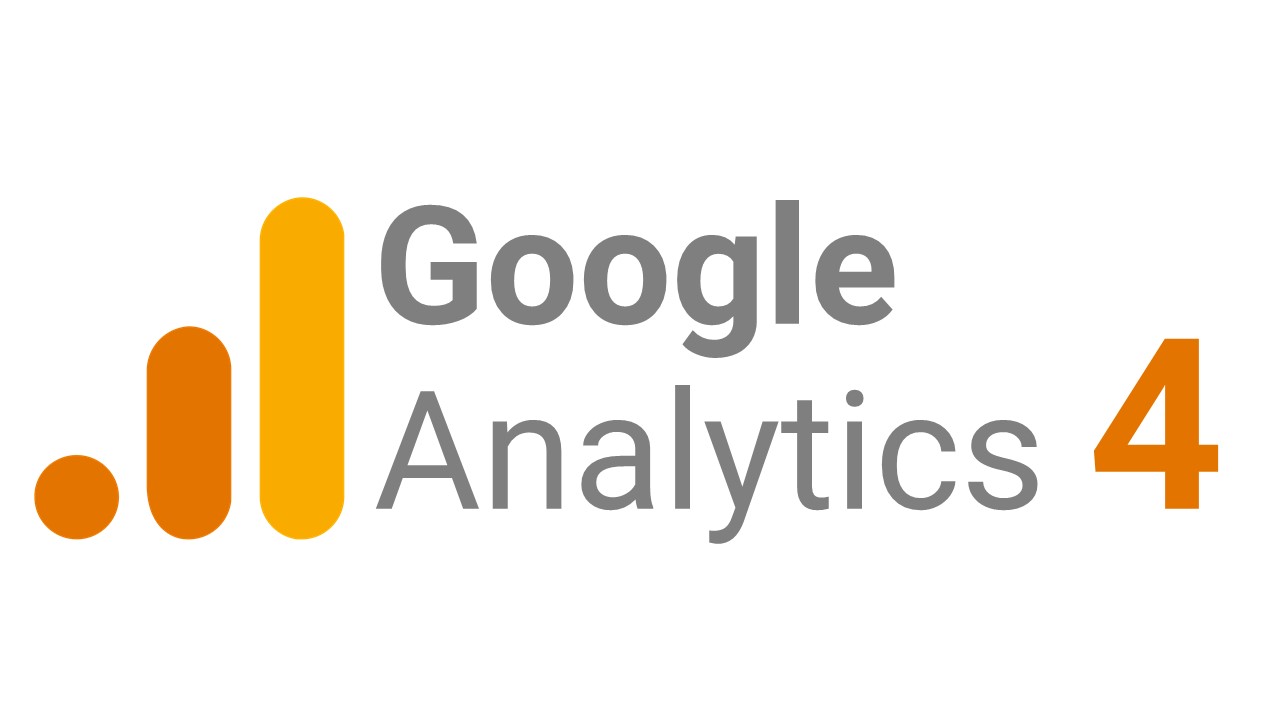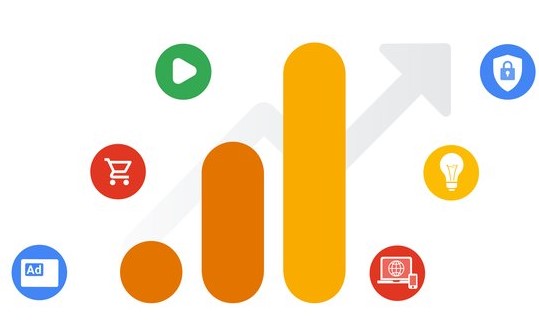Google Universal Analytics will stop working next year, affecting millions of websites; but fear not, Google Analytics 4 (GA 4) is here, and it’s an even better product. Websites have until July 1, 2023 to make the switch, so start planning now because changing over will take a bit of planning and training.
 What Changes Will GA 4 Bring?
What Changes Will GA 4 Bring?
There are many improvements being made, with the most important to include:
- Unlimited hits: UA only allowed 10 million hits, which means some websites could not be fully monitored. GA 4 allows unlimited hits and up to 500 events.
- Events: UA focuses on sessions and pageviews. Other interactions, such as clicks and video plays required extra payment. In GA 4, pageviews, clicks, video plays and everything else is an event, giving companies the ability to label each one.
- Predictive Analytics: GA 4 applies artificial intelligence to provide future trends and events.
- BigQuery: Ability to ask questions about data for free in GA 4.
- Cross-device Tracking: GA 4 allows users to track across both websites and apps, giving a better view of the audience.
What Steps Do I Take to Upgrade to Google Analytics 4?
There are a lot of step-by-step guides to upgrading to GA 4, so we’ll focus on the bigger concepts.

It’s possible to run both UA and GA 4 at the same time, which is the best way to begin. Your website won’t suffer if you make a mistake while setting up GA 4. You will also be able to compare data, and double check that everything lines up. Once you’re comfortable that all is working properly, you can remove UA. It is important to note that all your historical data will continue to be available through GA 4; however, the new parameters you set up will start with only fresh data.
If you are already running UA, then you’ll see a GA 4 setup assistant option in the property column in the admin panel. That will help you prepare your existing properties to be compatible with GA 4.
You will need to activate your site with GA 4. This may require creation of a new tag on your site. If so, you will get a new code from the Google Analytics admin screens. Once you have this code, it needs to be pasted into your HTML using your Content Management System. In some cases, you’ll be able to make sure the admin panel is using your existing code. If you encounter a problem, Google is able to help users through all the necessary steps.
Once you’re collecting data, you can start comparing the results to your UA reports while getting used to the new features. It’s not a simple switch, but the effort will bring you a much better product. Just remember to leave yourself plenty of time to change over and learn the new system.
In addition to Google’s resources , there are also agencies and experts available to either help with the process or provide full-service management.
How Will This Affect You?
In the end, GA 4 is going to bring a clear perspective of your company. There will be more flexibility for organizing, collecting and analyzing data. You get to decide which parameters are important to track and determine if your company is reaching its potential. Also, through BigQuery, questions about your data will be answered and point out room for improvement. It’s a way to grow your company efficiently through data.
